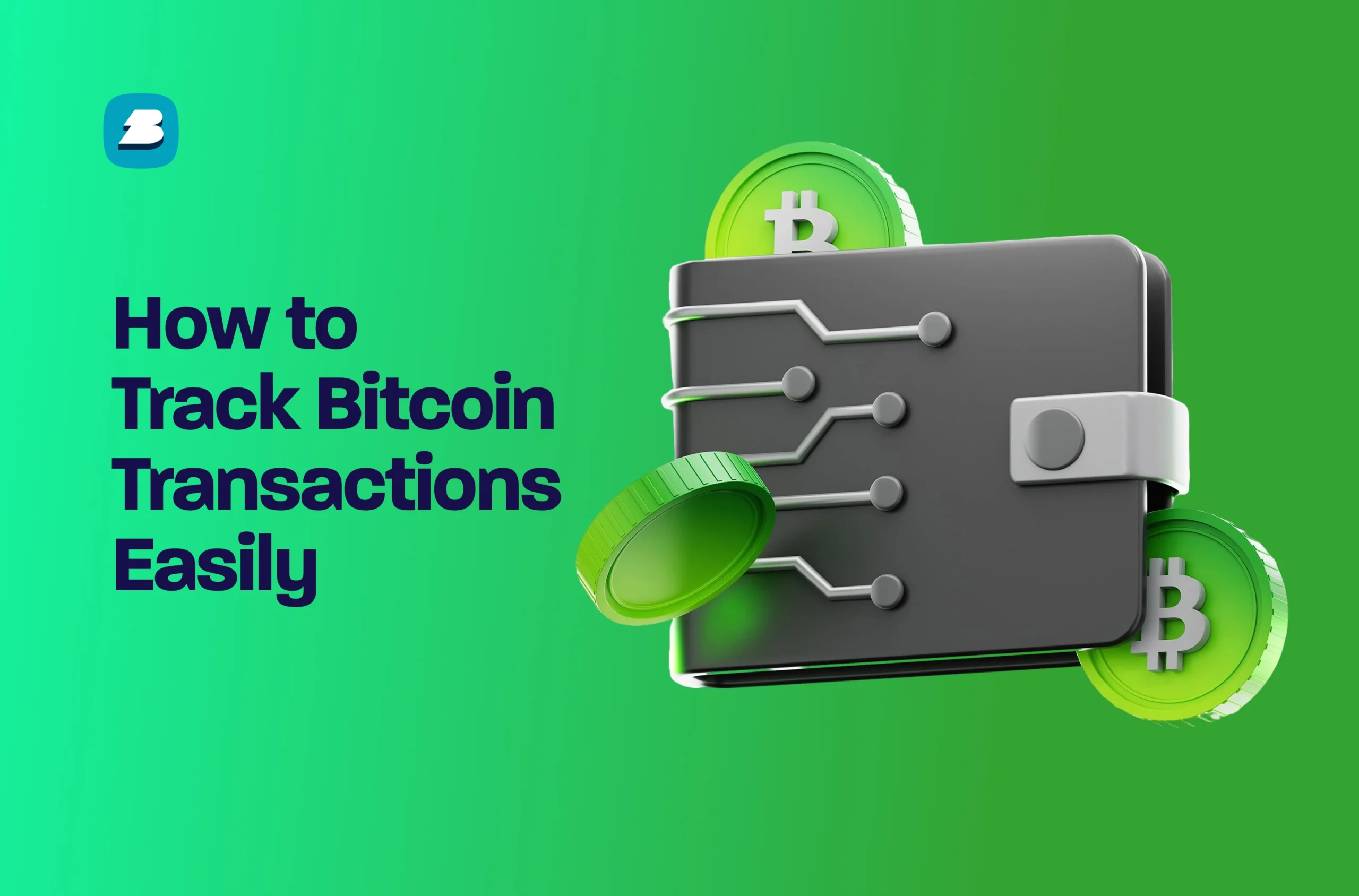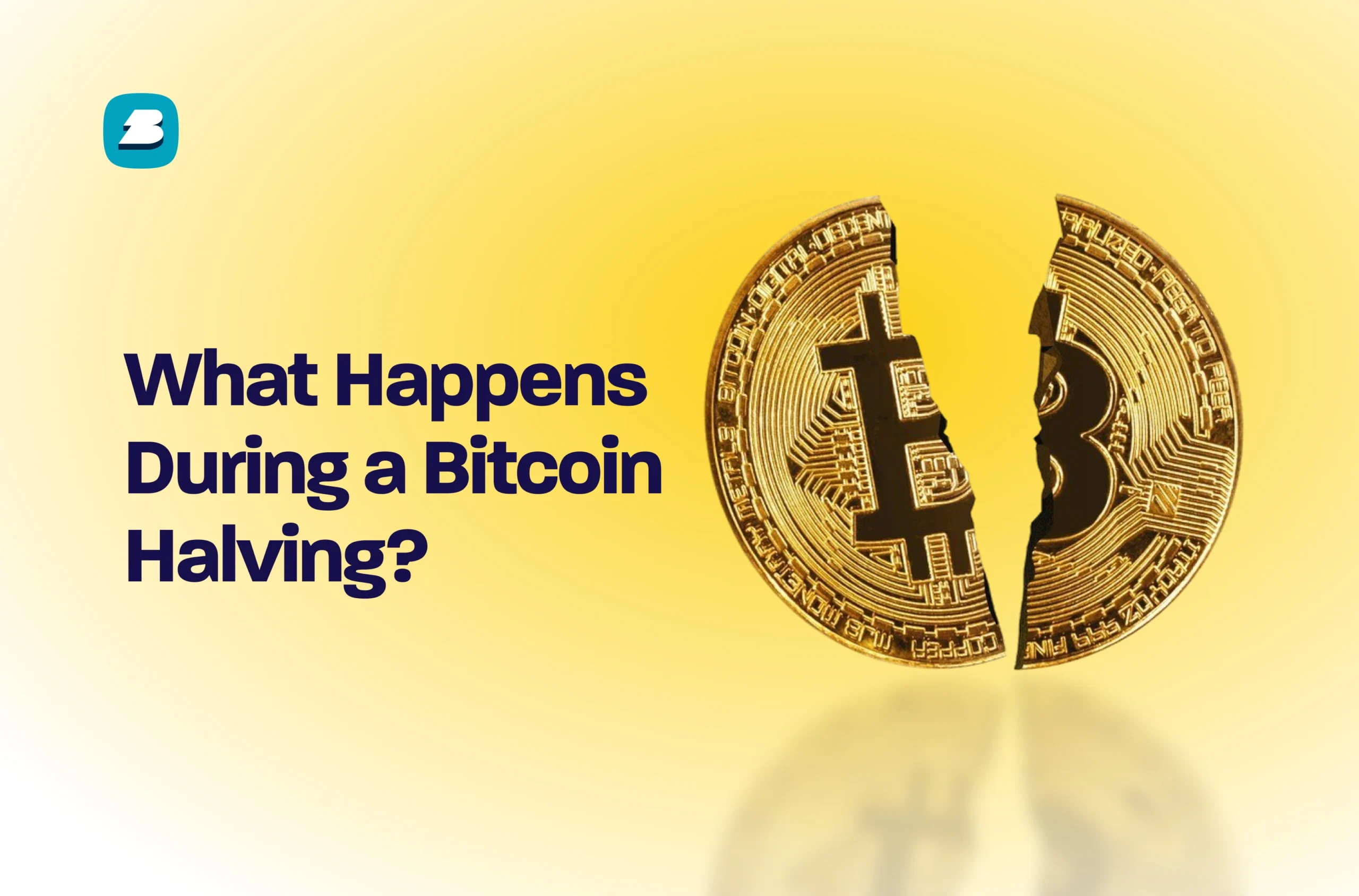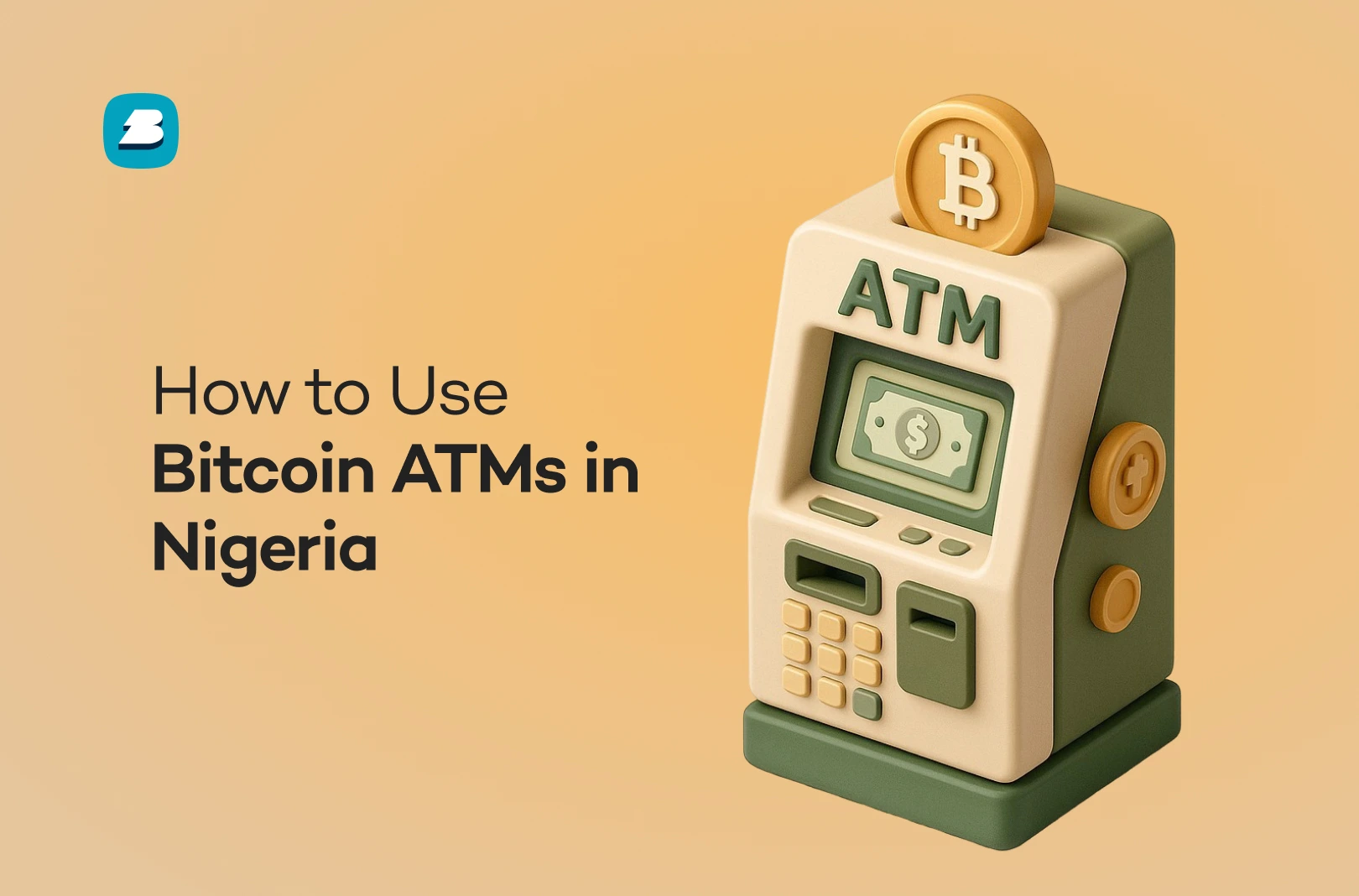Ever wondered why Bitcoin transactions are getting faster and cheaper? Enter Segregated Witness (SegWit) – a game-changing upgrade that’s revolutionizing how Bitcoin handles transactions. This innovative protocol update was proposed by Bitcoin developer Pieter Wuille in 2015 and officially introduced in 2017. It significantly enhances Bitcoin’s capacity by optimizing how transaction data is stored in each block.
In this article, we’ll explore how SegWit works, its impact on Bitcoin’s transaction efficiency, and the benefits it brings to the network.
How SegWit Works in Bitcoin Transactions
Before SegWit, every block in the Bitcoin network contained 1MB of data, including transaction details and digital signatures. Due to these limitations, only about 1,650 transactions could fit into a single block, restricting Bitcoin’s scalability.
SegWit introduced a new concept called block weight, which effectively increased block capacity by separating digital signature data (witness data) from transaction data. Think of it as re-organizing a filing cabinet: instead of keeping signatures mixed with transaction details, they are moved to a separate folder, making processing more efficient. With this improvement, Bitcoin blocks can now accommodate approximately 2,700 transactions.
How SegWit Enhances Bitcoin’s Transaction Efficiency

Initially, Bitcoin transactions stored transaction data and witness data together in a single structure. Transaction data includes details such as date, time, and amount, while witness data contains digital signatures and unlocking scripts that prove transaction ownership.
With SegWit, the witness data is separated from the main transaction block, reducing the transaction size and increasing the block’s overall capacity. This not only improves scalability but also fixes transaction malleability, a vulnerability that allows bad actors to modify transaction IDs before confirmation.
The Impact of SegWit on Bitcoin’s Efficiency
1. Enhanced Transaction Security
SegWit eliminates a security flaw called transaction malleability, which previously allowed attackers to alter transaction IDs before confirmation. This fix paved the way for second-layer scaling solutions like the Lightning Network. SegWit eliminated transaction manipulation, preventing fraud activities like double-spending.
2. Lower Transaction Fees
By increasing the number of transactions per block, SegWit reduces competition for block space, leading to lower transaction fees. For example, a standard 250-byte Bitcoin transaction that previously cost 30,000 satoshis (0.0003 BTC) at a fee rate of 120 sat/B could now cost just 5,600 satoshis (0.000056 BTC) with SegWit, representing an 81% reduction in fees due to improved space efficiency.
3. Better Scalability
Since SegWit allows more transactions per block, it boosts Bitcoin’s capacity without requiring a hard fork. This makes Bitcoin more efficient for everyday transactions and sets the stage for future upgrades.
4. Backwards Compatibility
One of SegWit’s biggest advantages is that it’s a soft fork, meaning older Bitcoin wallets and software can still interact with SegWit-enabled transactions without requiring major updates.
SegWit Adoption and Impact
Since its activation in 2017, SegWit adoption has steadily grown. By early 2020, over 65% of Bitcoin transactions utilized SegWit. Major wallets and exchanges now support SegWit, improving transaction speeds and lowering costs across the network. SegWit’s impact extends beyond Bitcoin—Litecoin and other cryptocurrencies have also adopted this upgrade to enhance their scalability.
Challenges and Criticisms
Despite its benefits, SegWit has faced some resistance:
- Gradual Adoption: Some wallets and exchanges took years to integrate SegWit, limiting its early impact.
- Scaling Controversy: The debate over scaling led to the Bitcoin Cash hard fork in 2017, where some developers preferred simply increasing block size rather than implementing SegWit.
- Technical Complexity: While SegWit improves efficiency, it also introduces new transaction structures, requiring updates to wallets, nodes, and infrastructure.
Popular Wallets and Exchanges Using SegWit
Many major wallets and exchanges have adopted SegWit to improve transaction efficiency. Hardware wallets like Ledger and Trezor, as well as software wallets like Electrum and Bitcoin Core, support SegWit addresses, helping users save on fees. Leading exchanges such as Binance, Coinbase, Kraken, and Bitfinex have also integrated SegWit, ensuring faster and cost-effective Bitcoin transactions for traders worldwide.
Frequently Asked Questions (FAQs) About Segregated Witness (SegWit)
What are some criticisms of SegWit?
Some Bitcoin wallets and exchanges still do not support SegWit, limiting its full adoption. Users should check wallet compatibility before making transactions.
Is SegWit a total solution for Bitcoin’s scalability?
No, while SegWit improves scalability, it is not a complete solution. Additional scaling methods like the Lightning Network and layer-2 solutions are still necessary.
How much can I save on transaction fees with SegWit?
Savings depend on network conditions, but SegWit transactions typically cost 30-60% less than legacy transactions due to the optimized block space usage.
Is SegWit compatible with all Bitcoin wallets?
Not all wallets support SegWit. Users should check with their wallet provider before enabling SegWit transactions.
Does SegWit affect Bitcoin’s security?
Yes, SegWit improves security by eliminating transaction malleability and reducing risks associated with transaction modifications.
Further Reading
How Many Confirmations for Bitcoin? A Guide to Bitcoin Transaction Security
What is Bitcoin Lightning Network And How Does It Work?
What are Crypto Network Fees? All You Need to Know
10 Best Bitcoin Accelerators to Speed Up Transactions
Conclusion
SegWit has revolutionized Bitcoin by enhancing its security, transaction efficiency, and scalability. By increasing transaction capacity and reducing fees, it has set the stage for future upgrades like the Lightning Network. While not a complete solution to Bitcoin’s scalability challenges, SegWit remains a crucial innovation that continues to shape the Bitcoin ecosystem.







